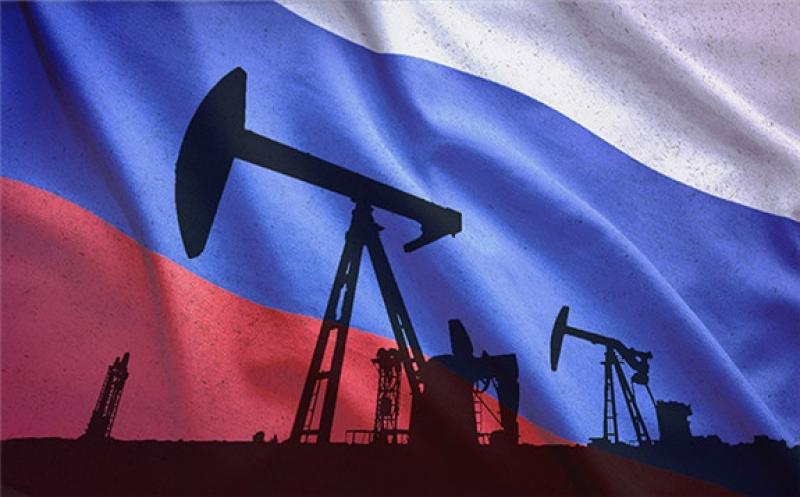When Russia refused two months ago to join the deeper OPEC oil cuts, it was because Moscow found them unnecessary. Two months later, Russia agreed to cut quite a bit more than it was asked to at the ill-fated March meeting. It is now doing its best to achieve its promised cuts. Why? Because it has the motivation that it lacked two months ago.

Nobody, including the Kremlin and Rosneft’s Igor Sechin—called by some the architect of the price war that led to the initial oil prices slump—could have anticipated the effect that the coronavirus pandemic could have on the oil industry. Russian officials kept repeating that Russia would be fine with cheap oil, even if it lasted for years.
And then, earlier this month, the country’s flagship Urals blend swung into negative territory. Cheap oil is one thing. Oil trading at negative prices is quite another. So Russia is cutting.
This has allowed critics to call Moscow on what they call a long-running bluff. In an article for the New York Times, Andrew E. Kramer points out that Russia had on multiple occasions declined to take part in price-control activities with OPEC because it has claimed shutting in oil wells in the Siberian permafrost could render them unusable at a later point in time.
Kramer quotes oil experts as saying there is little difference between an oil well in Siberia and one in Texas, both obeying the same physical rules. The experts admit that the cold environment does present some challenges when shutting in a well. At the same time, the shut-ins themselves could eventually result in greater production once the wells are reopened. This is because, the experts explain, when an oil well is shut in, the pressure inside it has no escape route. As a result, this pressure builds up. The greater the pressure, the easier the flow of oil when the well is reopened.
However, not all agree on that, and not just on Russian fields. U.S. experts are warning that well shut-ins could result in reduced flow of oil when reopened: pressure in an oil well is not a constant, they note, and it, like the oil the well contains, may diminish over time.
Russian experts agree; when Moscow said it would cut deep, they warned that this could lead to a loss of not just production, but also reserves.
Well shut-ins are trickier during the winter, according to Russian oil industry executives. But why is anyone talking about well shut-ins at all? According to the industry, these are not even necessary to cut production by even 200,000 to 300,000 bpd.
Oil producers can cut this amount of oil production in a matter of less than an hour, the head of Zarubezhneft told RIA Novosti recently. All they need to do is adjust the flow of oil at a 2-3 percent lower rate. Another executive chimed in as well: to reduce production substantially, it is enough to reduce maintenance drilling, Transneft’s president Nikolay Tokarev said. Production in Western Siberia has been declining for years, which has necessitated drilling operations aimed at maintaining a certain rate of production. Cut that drilling, and you cut production.
As usual, the truth is in the middle. Shutting in an oil well in Siberia in December is bound to be a little bit more difficult than shutting an oil well in Saudi Arabia or Texas. But things are different when you don’t need to shut in wells as the abovementioned executives have stated plainly, busting Moscow’s bluff about the hardships of production cuts.
The bluff worked before because Russia did not have the motivation to cut. In fact, it continued to increase its production through April despite price trends. Once Urals slipped below zero, it likely acquired the motivation that it needed to start cutting--and deep--without having to shut in wells.
In the end, everything is about motivation.